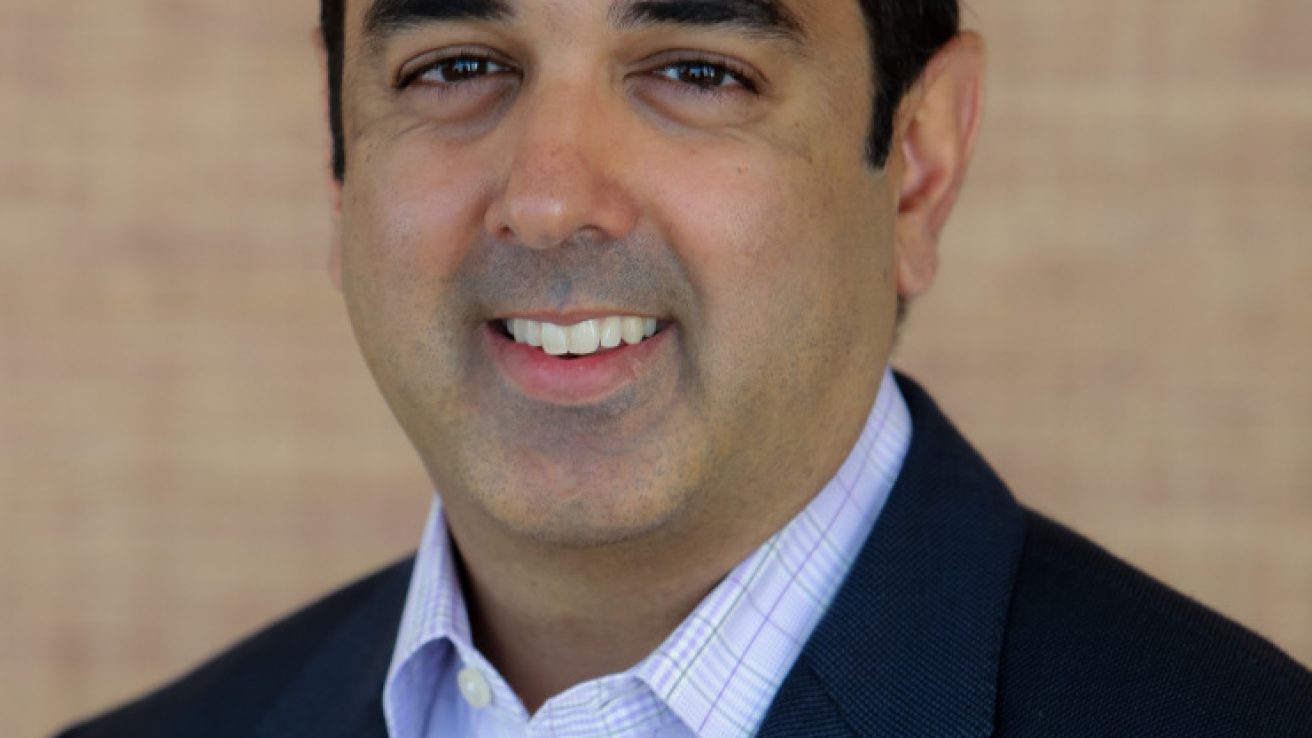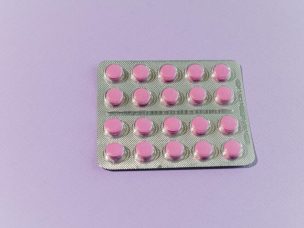In this MD Newsline exclusive interview with vitreoretinal specialist Dr. Rishi Singh, we discuss treatment strategies for wet AMD and the latest research.
MD Newsline:
What is your treatment strategy for wet AMD and how is it tailored to each patient? How do these treatments work? How do you decide when to switch treatments?
Dr. Rishi Singh:
“Yeah, so the treatment strategy for wet AMD has become very different in the past few years. Initially, when the drugs came out, they were registered to be given for wet AMD patients monthly or every other month. And what we realized, for the most part, was that there was a tailoring that needed to happen with some patients.
We do this treatment algorithm called treat and extend, where essentially we treat the patient with injections until they become dry. And once they stabilize, we give them booster shots at various time periods. And we extend the time periods between the booster shots depending on how their response has been between those individual boosters.
So it’d be, see the patient at 6 weeks, and then 8 weeks, then 10 weeks, then 12 weeks, and they’re still having good vision, and their OCT looks good, we’ll continue to extend them up to even 16 and 20 weeks. Some of the studies that have been done recently have shown our ability to extend the patients that far.
So we tailor it to each patient and make sure that each patient can tolerate that level of injection interval. Some patients might be as frequent as every 4 weeks, but in the optimal case, you might have patients in the 16 or so week period of time, and that is a lot [more] driven by patient factors more than it is clinical factors [driven] by the clinician or by any other disease morphology.
Yeah, so the treatments that we use right now are called anti-vascular endothelial growth factor drugs, and they all target the same molecule that we found. And this molecule has become the linchpin of various disease states—wet macular degeneration, retinal vein occlusion, diabetes, diabetic macular edema, diabetic retinopathy, and even retinopathy [of] prematurity in babies who have been born prematurely developed—[these are] conditions that are treated with these drugs as well.
And the ability to get these drugs and obtain them has become very easy now given that the fact that these are all FDA-approved and there’s some that are not FDA-approved but are available to patients at a very nominal cost, and we can use these drugs to treat these patients early on in the disease state.
So again, the thing that we can tell you at least in AMD-related outcomes is that 90% of people will remain stable with treatment, [and] 45% of people will have a three-line improvement on the eye chart. And by that, I mean if you look at that eye chart, you could potentially have a three-line improvement in vision with continual ongoing maintenance and treatment with a retina provider who might be able to deliver the shots to you in the eye.”
MD Newsline:
Which of the latest research studies on wet AMD are you most interested in regarding treatment safety and efficacy?
Dr. Rishi Singh:
“So we’ve had a variety of different studies come out recently that have been very, very helpful in determining, first of all, disease durability and better molecules that might improve our ability to treat patients. One example is the HAWK and HARRIER trials, which came out last year.
This is a multi-center phase 3 clinical trial which evaluated a new drug called brolucizumab in comparison to the market leader, which is aflibercept. And found essentially that this drug had a much better drying effect in retinas and also the ability to have patients to be treated at a 12-week interval on the get-go. That’s very unique in the trials we’ve done thus far.
We’ve also seen some interesting data from some of the aflibercept studies where they’ve done this treat and extend paradigm that I talked about before, where they’ve been able to get out to even every 16 weeks in some patients with that. And those were the ALTAIR and ARIES trials which showed that as well—the ability of our durability of treatments to really improve—and especially in light of the pandemic we’re in, and patients not coming in, these durable treatments are really needed.
And lastly, I think the most compelling data also came from the faricimab studies, which were the TENAYA and LUCERNE studies. These were the studies that were done on patients who had wet macular degeneration treated with a new drug that has both VEGF-A and additionally ANG2 or angiopoietin 2 inhibition. And this is an emerging area of understanding that this molecule also might play a role in concert with VEGF-A, and that drug response has been impressive to see with a greater durability than we’ve seen in the past with other molecules of the same disease state.”
Responses have been condensed and lightly edited.









